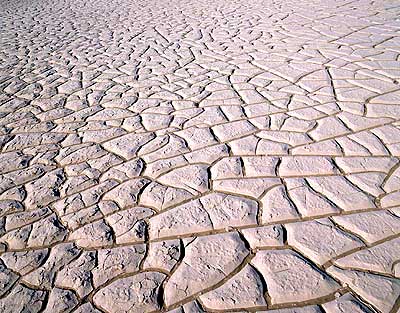Part 1: Current Events in Your Country
Now that you have gotten a good overview of the lifestyle and history of people living in your country, as well as some information about the land and wildlife, it is time to find out what is happening there today.
Use the following resources to locate a minimum of two current events about your country:
You and your partner should both read each story, but each group member should send a separate e-mail.
For each current event article, complete the following in an e-mail to me:
Properly cite the story. Use the Purdue Owl site (link to the right of this page) to help you cite a news article. (2 points)
Who is doing the action in the article? If there are any important people in the article you don't recognize, look them up and briefly describe who they are. (2 points)
What is the article about? Summarize the article, including the significance of the event(s). (2 points)
When did the events talked about in the article happen? (1 point)
Where does the article take place? (1 point)
How did the action presented in the article take place? (1 point)
Why are the events covered by the article important? (1 point)
Each article is worth 10 points. Although you are working with your partner on this, you will receive an individual grade for this section of the assignment.
Part 2: A Bibliography on Africa
Now that you have several sources to work with, you will begin to compile a bibliography page. Open a new MS Word Document. Save it to the following location:
- Y:\Ramin World Geography\Period 1 Bibliographies
Obviously, substitute your period number in the destination folder. I have created a folder for each class.
Save the document with your last name(s) and the word "Bibliography". Example:
- Anderson Harrison -- Bibliography
In the document, start out with your heading in the upper left hand corner. Include the full name of each member of your group in the heading.
Now, you will cite and annotate the different sources you have looked at over the past two weeks in the lab and in the LRC. The information you have compiled on your country will prepare you to start our Africa project. We have been focusing on research -- I will show you how we are going to put our research together in the lab on Friday.
You should, at this point, have information in your notebook or in an e-mail you sent me related to approximately 5 sources. These are listed and linked below:
You will have the opportunity to find information from different sources, but this is enough for us to use now.
CITATIONS
In your new MS Word document, properly cite the sources you have already completed. The example below is from the Worldmark Encyclopedia, which can be accessed through the Student Resources in Context. All of your citations should look approximately like this. Obviously, book sources do not need to include the url.
"Algeria." Junior Worldmark Encyclopedia of the Nations Online. Detroit: U*X*L, 2009. Gale
Student Resources In Context. Web. 26 Jan. 2011.
Notice that the second line of the citation is indented. Each citation should look like this.
ANNOTATIONS
You have used each source to track down different topics each day we've gone to the lab or LRC. For each source, use your notebook or the e-mail to create a 3-5 sentence summary for each source. This is your annotation. The annotation gives anyone who sees your project, or reads your paper, or just takes a look at your research, what you took from each source. A good summary should include:
- A brief summary of topic you used the source to research
- General information you took from the source
- Specific examples of information you will use from the source
- An evaluation of the site's usefulness.
For example, you might have a source that you use successfully to access information, but you might realize that the source is not as reliable as other websites or books you might examine. On the other hand, your source might be written by an expert, totally reliable and entertaining to read. It is up to you to decide how good an individual source is.
A rough draft of your annotations must be saved to the correct folder on the Y: drive before the end of the period. It is worth a total of 20 points.














